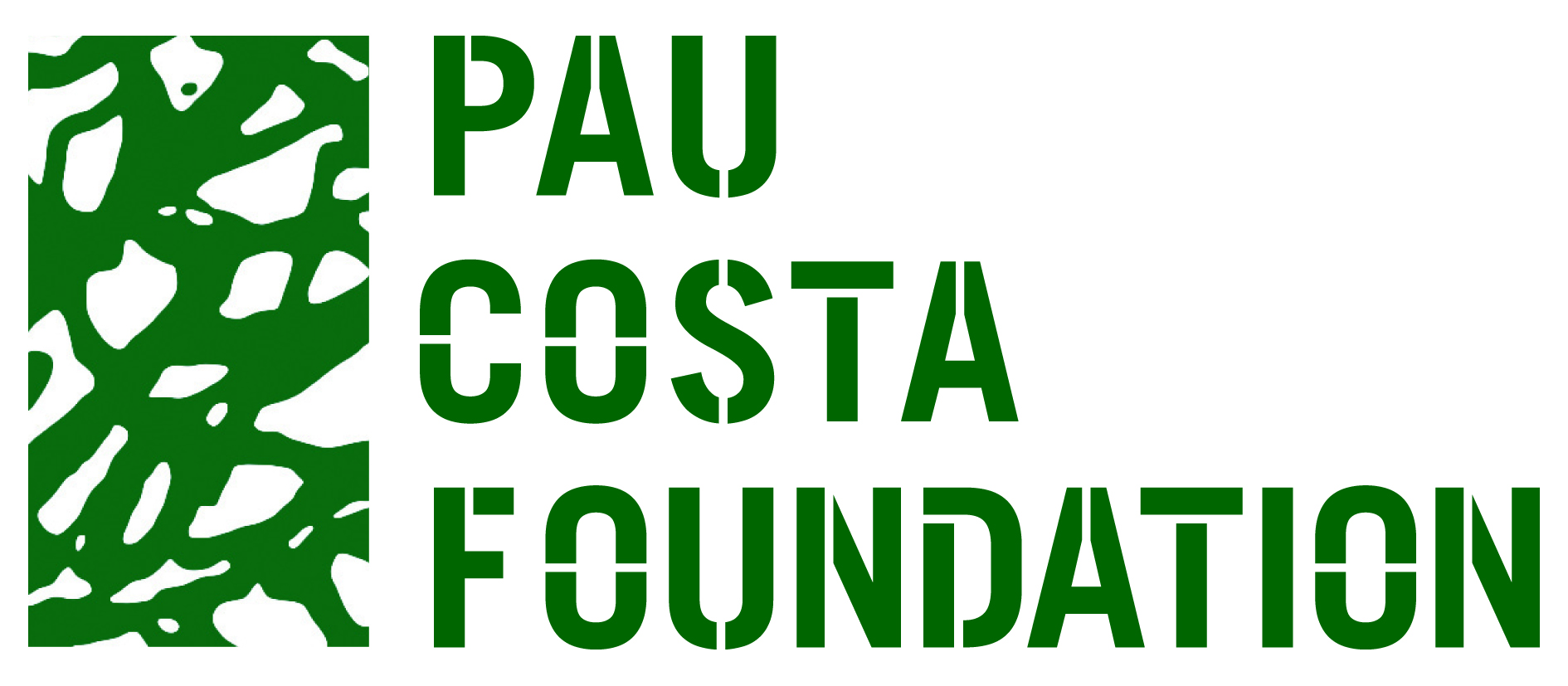25 January – 5 February 2021 afternoons (CET)
Online PhD course
Course Information:
Introduction
Integrated fire management includes social, economic, cultural and ecological values in each step of the management cycle (prevention, preparedness, response, mitigation and recovery), and therefore requires integrated and interdisciplinary training of our new leaders in fire. To provide this integrated training, PyroLife organised four PhD courses: three on the understanding of fire: 1) climate, risks and impact; 2) human dimensions and planning aspects; and 3) science-policy interaction. These three courses were followed by a fourth course: 4) integrated fire management, where the way forward towards building and implementing an integrated fire management was discussed and developed. Here we feature the first course of this four PhD course series, focusing on the biophysical aspects of fire in the landscape
Target audience
A diverse group of people pursuing their PhD degree. This course covered the basics of biophysical aspects of fire in the landscape; hence it was targeted towards PhD students/candidates working on integrated fire management as well as to PhD students/candidates working on a specific biophysical aspect that want to put their understanding into a broader multidisciplinary context.
Overall learning goal
To develop a broad understanding on the basics of the biophysical aspects of fire in the landscape, and to be able to link the causes of fire in the landscape to the impact they have, both on the way fires are managed as their impact of the environment.
As such it was a multidisciplinary course, focusing on four modules: fire engineering, weather and climate, fire management and risk assessment (incl. suppression, mitigation), and fire impacts on the natural environment.
Description
The first step to come up with new ways of managing fire risk and its impact to the environment, to promote landscape resilience to fire and to reduce the vulnerability of communities, is to understand how fire operates. This course was therefore focused on the biophysical aspects of fire in the landscape.
The course first followed the concept of the two fire triangles. Triangle 1: What do you need for a fire: Heat, oxygen and fuel; and fire triangle 2: how does fire move: fuels; topography; weather and climate. Students learned how these concepts are related to fire danger ratings that are used in early warning systems and preparedness tools. Since weather and climate strongly determine how fire itself behaves, we spent time on the most recent insights into how types of fires, such as extreme fires, are linked to weather. They also learned to recognise different types of landscape fire.
We also covered how fires can be controlled and how their effects can be mitigated: what firefighting techniques are there, and when they are used during an incident. How fuel loads can be managed via prescribed burning, grazing, and mechanical removal. Then, the impact of fires on the natural environment were shortly introduced.
Via group work, students assessed how you can link the knowledge on the fire triangles to the way fires can be managed (fire suppression, fuel management, risk assessment and/or the physical impact on the environment (i.e. linking modules 1+2 with 3 and 4). They searched for key papers, which research groups are playing a key role in the research, and for whom what knowledge is useful in order to learn how to live with fire. They also indicated which PhD projects can benefit from exchanging knowledge from other participants.
Course Structure:
Module 1: Engineering side of Fire
- Fire triangle 1 and parts of triangle 2:
- Engineering side of Fire
- Ignitions
- Fuels & topography
- Fire regimes
Module 2: Weather and Climate
- Understanding the concepts behind fire danger ratings
- To be able to identify different types of fire, and the weather and climate conditions that trigger them
- Understand the basic components determining the wildland-urban interphase
Module 3: Fire and Fuel management; risk assessment and mitigation
Module 4: Fire impact on the natural environment
Useful Information
Target Group
PhD candidates working on integrated fire management; and PhD candidates working on specific biophysical aspects that want to put their understanding into a broader multidisciplinary context. The course focused on biophysical aspects of fire but explicitly also targets those working in other fields including social sciences.Level
No prior knowledge of fire was needed; knowledge on a topic or two was useful.Prerequisites
Candidates pursuing a PhD degree on a fire-related topic (in any kind of discipline).ECTS
2 ECTSTime Schedule
13:30-17:30 afternoons; full day 9:00-12.15, 13.30-17.30hLecturers
Among others, Marc Castellnou, Adrian Cardil, Cathelijne Stoof, Richard Woods, Andy Elliot, Ann Ganteaume, Guillermo Rein, Val Charlton, Marta Miralles, Paulo Fernandes, Marta Carvalho; Juli Pausas.Course Fee
WIMEK graduate school: €210PERC graduate school: €240
PyroLife PhD candidates: €240
Others: €280
Fee Payment
Participants working at the ESG department of Wageningen University, an internal transfer was done.For other WUR participants, the course fee was paid following an intercompany sent to your chair group.
For non-Wur participants, including most (non-WUR) PyroLife PhD candidates, an invoice was sent to your working address










